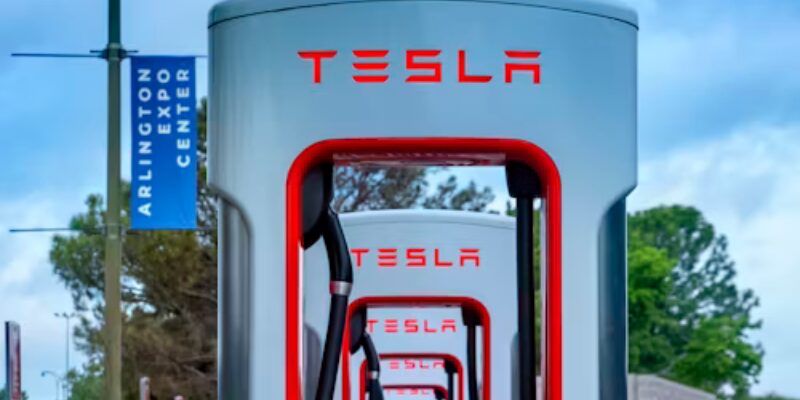Tesla Semi Fire Crash Experience

A Tesla Semi fire on I-80 shut down the roadway for fifteen hours and required 50,000 gallons of water.
TakeAway Points:
- A Tesla Semi fire on California’s I-80 required 50,000 gallons of water and aerial retardant, closing the highway for 15 hours.
- Tesla’s Autopilot and Fully Self-Driving systems were not in use at the time of the crash, according to the NTSB.
- The Tesla Semi is not expected to go into high-scale manufacturing until the end of 2025, despite its 2017 launch.
- In the meantime, Tesla (TSLA) is getting close to a $234 breakout point, with an upside objective of $286 and a stop loss in the $210–$200 region.
Details of a Tesla Semi Crash
A recent single-vehicle collision involving a Tesla Semi electric truck on California’s Interstate 80 west of Lake Tahoe has drawn significant attention due to the extensive efforts required to extinguish the resulting fire. According to a preliminary report released on Friday by the National Transportation Safety Board (NTSB), the incident necessitated 50,000 gallons of water and aerial fire retardant to control the blaze. The crash, which is currently under investigation by the NTSB, led to the closure of part of I-80 for 15 hours.
The Tesla Semi, driven by a company employee, was en route to Tesla’s battery factory in Sparks, Nevada, from a warehouse in Livermore, California. CAL-Fire’s efforts were crucial in cooling the vehicle’s massive battery to prevent reignition and in containing the fire to the crash site. The NTSB report also confirmed that Tesla’s driver assistance systems, marketed as Autopilot and Full Self-Driving (Supervised) in the U.S., were not operational at the time of the collision and subsequent fire.
Manufacturing and Progress
Tesla CEO Elon Musk first unveiled the Semi truck design in November 2017, with an initial promise to bring it to market by 2020. However, the company has yet to commence high-volume production of the trucks. Tesla is currently building out production lines at its Nevada facility, with plans to begin production by the end of 2025. In its second-quarter earnings report in July, Tesla stated, “Preparation of the semi-factory continues and is on track to begin production by the end of 2025.”
The delay in high-volume production has been a point of interest for investors and industry analysts, given the ambitious goals set by Musk during the truck’s initial unveiling. The recent incident may further spotlight the challenges Tesla faces in bringing the Semi to market.
Battle against the fire
The firefighting efforts required to manage the Tesla Semi fire were extensive. CAL-Fire utilized 50,000 gallons of water to extinguish the flames and deployed aircraft to drop fire retardant overhead. These measures were necessary to cool the vehicle’s battery and prevent the fire from spreading beyond the crash site. The NTSB’s preliminary report highlighted the complexity of dealing with fires involving electric vehicles, particularly those with large battery packs like the Tesla Semi.
The incident underscores the unique challenges that electric vehicle fires pose to emergency responders. Traditional firefighting techniques may not always be sufficient, necessitating specialized approaches and significant resources to manage such situations effectively.
Tesla’s positive chart pattern
Tesla has recently formed a bullish cup-and-handle pattern on its daily chart, which has caught the attention of market analysts. The stock is nearing a breakout point at $234, which could set an upside target near $286. A suggested stop loss is in the $210-$200 range, encompassing the low of the pattern’s “handle” and the 200-day moving average. Despite Tesla’s well-known volatility, its history of significant breakouts and breakdowns makes it a stock worth profiling while it remains under key resistance levels.





